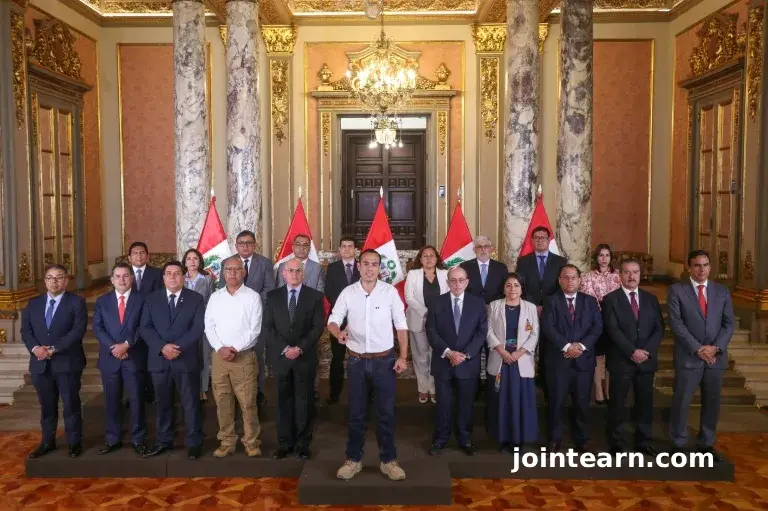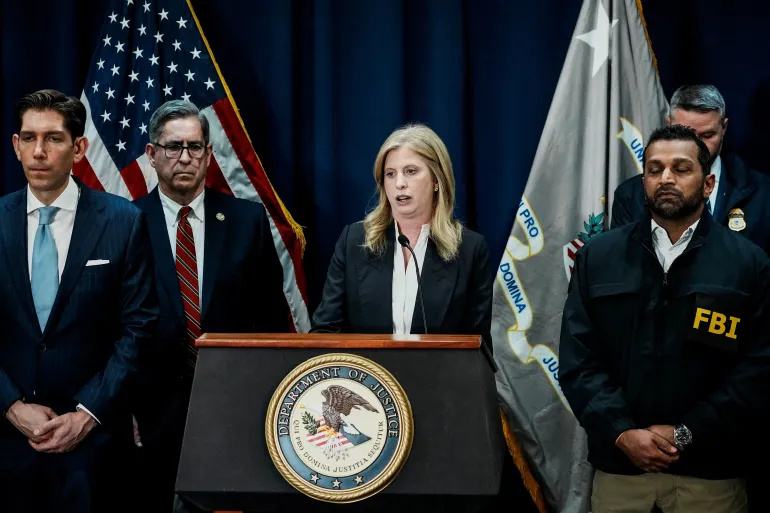
President Jose Jeri Takes Drastic Action to Restore Order Amid Surge in Crime and Corruption Allegations
Peru’s interim President Jose Jeri has declared a 30-day state of emergency in Lima and the nearby port city of Callao following weeks of violent protests, corruption scandals, and a surge in organized crime.
The decision, which takes effect at midnight on Wednesday, marks the government’s most significant move since Jeri assumed office nearly two weeks ago after the impeachment of former President Dina Boluarte.
“Crime has increased disproportionately in recent years, causing immense pain to thousands of families,” Jeri said in a televised national address. “Today, we begin to change the narrative of insecurity in Peru.”
Key Details of the Emergency Decree
Under the newly declared state of emergency, the Peruvian government will deploy the army alongside police forces to maintain order in the capital region. The measure suspends constitutional rights, including freedom of assembly and movement, giving authorities expanded powers to conduct searches, enforce curfews, and detain suspects linked to criminal groups.
The move follows weeks of youth-led demonstrations across Peru, with thousands taking to the streets to protest against rampant corruption and the government’s failure to control escalating gang violence.
Violence, Protests, and Public Outrage
Since early October, protests in Lima, Arequipa, and Trujillo have turned violent, leaving over 200 people injured — including police officers, journalists, and demonstrators. At least one protester has been killed, reportedly shot by police during clashes in downtown Lima.
Public frustration has been compounded by rising crime rates — particularly extortion, kidnapping, and targeted killings. According to police data, 47 bus drivers have been murdered this year in what authorities suspect are extortion-related attacks by organized criminal networks.
“We are moving from the defensive to the offensive in the fight against crime,” Jeri emphasized. “This battle will allow us to regain peace, tranquility, and the trust of millions of Peruvians.”
Political Context: Boluarte’s Fall and Jeri’s Rise
The Peruvian Congress voted earlier this month to impeach Dina Boluarte, who faced mounting accusations of corruption and negligence amid the worsening security crisis. Boluarte’s removal came after months of political turmoil, during which Peru’s homicide rate reached a ten-year high.
Following her ousting, Parliament Speaker Jose Jeri assumed the presidency and is expected to serve as interim head of state until July 2026. His administration faces the monumental challenge of restoring stability to a nation that has seen seven different governments in just ten years.
A Nation in Crisis
Peru’s capital, home to nearly 11 million residents, has seen an unprecedented rise in extortion gangs, contract killings, and narcotrafficking, particularly in urban districts such as San Juan de Lurigancho and Callao. Analysts say much of the violence stems from transnational criminal networks operating along key smuggling routes.
The transportation sector has been among the hardest hit. Bus drivers and public transit operators have been targeted in extortion schemes demanding protection payments. The government’s failure to act swiftly fueled anger that ultimately led to Boluarte’s impeachment and nationwide protests.
Previous Security Measures and Public Reaction
Earlier this year, Lima was placed under partial emergency measures between March and July, following the high-profile murder of a popular musician that authorities linked to organized crime. However, critics said those temporary actions did little to address the root causes of violence, including police corruption and weak judicial enforcement.
Now, many Peruvians are cautiously hopeful but skeptical that Jeri’s emergency decree will bring lasting change. Civil rights groups have warned that militarizing the streets could lead to human rights abuses if oversight mechanisms are not strengthened.
A Fragile Democracy Faces Another Test
Peru’s political instability remains one of the worst in Latin America, with frequent leadership changes undermining efforts to implement long-term reforms. Observers warn that unless President Jeri’s government can demonstrate results within weeks, public confidence could erode further, potentially sparking a new wave of protests.
“This state of emergency must not become a tool for repression,” said Maria del Carmen Ruiz, a human rights advocate in Lima. “We need justice and accountability, not just soldiers on the streets.”
As the 30-day emergency period begins, Peru stands at a crossroads — seeking to balance security and democracy, and to restore stability to a nation weary of corruption, violence, and political chaos.


Leave a Reply